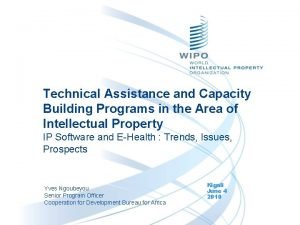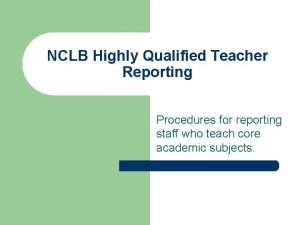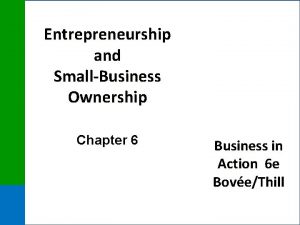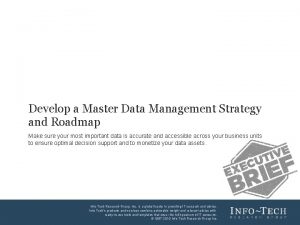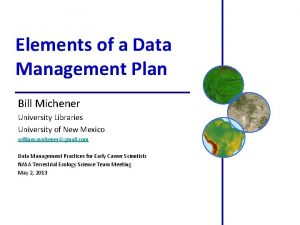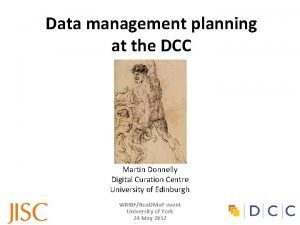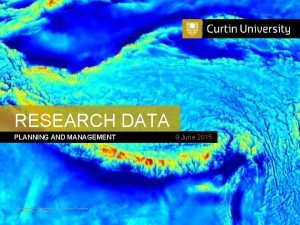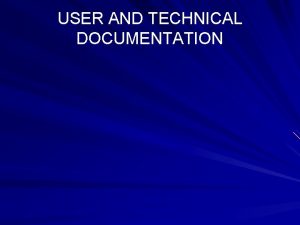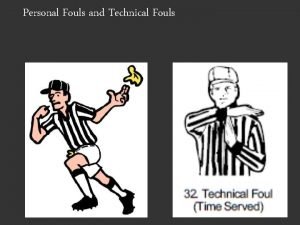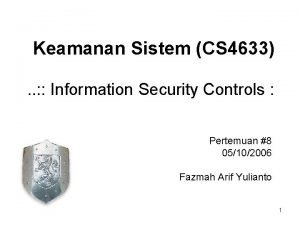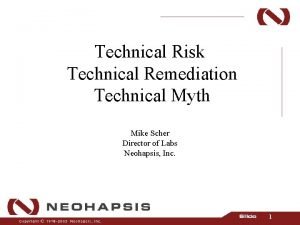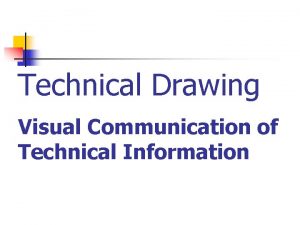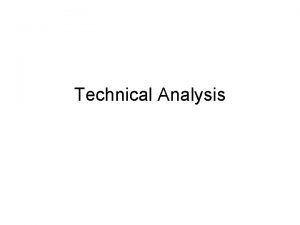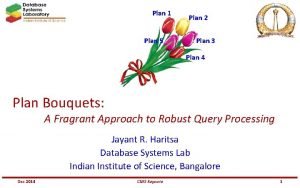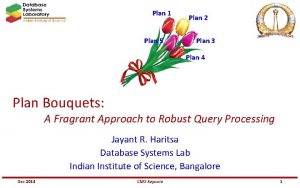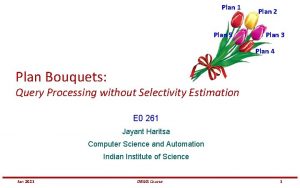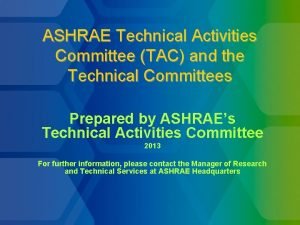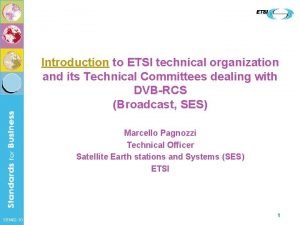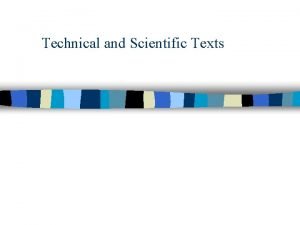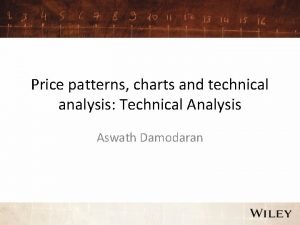Technical and Data Management Plan Data Management Plan


















- Slides: 18

Technical and Data Management Plan* *Data Management Plan on Je-S

What is ‘data’ in the Technical and Data Management Plan?

Technical and Data Management Plan in four pages: How to structure it?

Sections 1 -8 Section 1: Summary of Data Management, Digital Technologies, and Digital Outputs Section 2: Data Acquisition, Processing, Analysis and Use Section 3: Technical Leadership and Support, and Relevant Experience Section 4: Storage, Preservation, and Sustainability Section 5: Ethical and Legal considerations Section 6: Use of Artificial Intelligence Section 7: Data Aggregation and Linked Data Section 8: Crowdsourcing Technologies

Section 1: Summary of Data Management, Digital Technologies, and Digital Outputs • Briefly introduce the types of data the research will create. • Why did you decide to use these data types? In what formats will they be? What standards will they adopt? • Provide a brief and clear description of the digital technology and/or digital output being proposed.

Section 2: Data Acquisition, Processing, Analysis and Use • Give details on the proposed methodologies that will be used to create the data. • Outline the technical development process from the point of data capture or data creation through to final delivery (in the case of a digital output) or analysis (in the case of a digital process).

Section 3: Technical Leadership and Support, and Relevant Experience Provide information about the individuals, facilities or institutions that will be responsible for the technical components of the project (with examples of their most relevant experience for each component).

Section 4: Storage, Preservation, and Sustainability Section 4. a: Short-term Data Storage • How will the data be stored in the short term? • What backup will you have in the in-project period to ensure no data is lost? • Costs of storage – why are these appropriate?

Section 4 : Storage, Preservation, and Sustainability (continues) Section 4. b: Long-term Data Storage (Preserving* Your Data) *By preservation we mean: the storage of project data beyond the period of funding. • Provide information about plans for preserving the project's data beyond the period of funding. • Will the data need to be updated? Include future plans for updating if this is the case.

Section 4: Storage, Preservation, and Sustainability (continues) Section 4. c: Ensuring Continued Access and Use of Your Digital Outputs (Sustainability*) *By sustainability we mean: the plans for ensuring that a digital output remains publicly accessible and usable • Provide information about plans for ensuring that outputs remain sustainable in the sense of accessible and usable beyond the period of funding. • Will the data be open or will you charge for it? Justify if charging to access the data.

Section 5: Ethical and Legal considerations • Consider any legal and ethical considerations of collecting the data (e. g. selection bias in crowdsourcing). • Discuss legal and ethical considerations around releasing and storing the data – e. g. anonymity of any participants, following promises made to participants. • Consider the overall impact of IP, copyright and other rights (e. g. indigenous rights) during the period in which the digital output will be publicly accessible.

Sections 6 -8: To be addressed only if relevant to your project!

Section 6: Use of Artificial Intelligence (including Machine Learning, Data Science, Computer Vision, Natural Language Processing etc. ) Section 6. a: How and when AI is applied • Explain which AI techniques will be used, and at which part of the process. • Outline the degree of technical novelty in these (e. g. whether you are planning to use existing or to develop novel architectures; whether you plan to use pre-trained models, or fine-tune existing models, or train new models from scratch).

Section 6: Use of Artificial Intelligence (including Machine Learning, Data Science, Computer Vision, Natural Language Processing etc. ) Section 6. b: Potential biases in the algorithms and training sets • Outline how you plan to detect and address potential biases in any AI models used in the project.

Section 7: Data Aggregation and Linked Data • Define the standards adopted for the aggregation of the project’s data. • Outline how the project will balance preserving original complexity with standardising for interoperability.

Section 8: Crowdsourcing Technologies • Explain which crowdsourcing technologies will be used and at which part of the process. • Describe whether you are planning to use data standards for annotation (e. g. IIIF, W 3 C).


Arts and Humanities Research Council @AHRCpress
 Sample technical assistance given to teachers
Sample technical assistance given to teachers Example of technical assistance for teachers
Example of technical assistance for teachers Kimball bus architecture
Kimball bus architecture Technical data package
Technical data package Perkins 4008-30tag2 technical data
Perkins 4008-30tag2 technical data Joint aviation technical data integration
Joint aviation technical data integration Passive night sight technical data in hindi
Passive night sight technical data in hindi Dow theory
Dow theory Building owner chapter 6
Building owner chapter 6 Master data management project plan
Master data management project plan Nasa data management plan
Nasa data management plan Dcc data management plan
Dcc data management plan Data management plan curtin
Data management plan curtin Data management plan examples
Data management plan examples Dirk verdicchio
Dirk verdicchio Computer system documentation
Computer system documentation Personal foul vs technical foul
Personal foul vs technical foul Physical technical and administrative controls
Physical technical and administrative controls Ho chi minh city technical and economic college
Ho chi minh city technical and economic college
